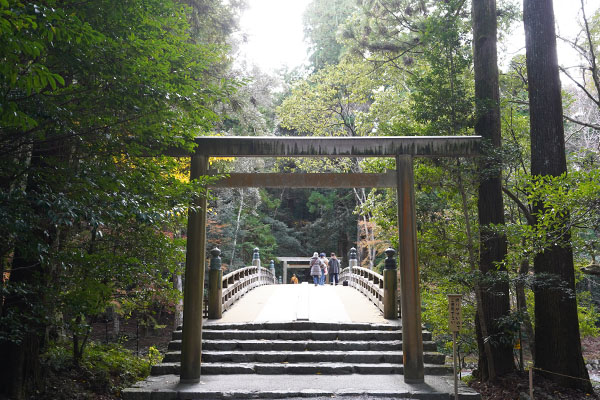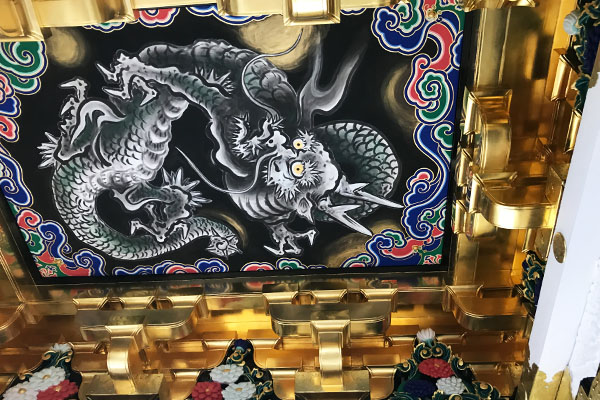Are there other ways of preparing the mind in Japan besides yoga and meditation?
My recommendation is the pilgrimage to power spots.
The phrase “power spot” is, of course, a compound of two English words, but many Japanese mistakenly believe it to be an English phrase. However, considering the average Japanese ability to use English, “power spot” is probably by far the most common expression.
Power spots in other countries include Sedona in the United States, Ayers Rock in Australia, and Stonehenge in the United Kingdom.
Many places in Japan called “power spots” are places where shrines are located. Some people believe that these places can give special powers to visitors or purify them.
Shintoism is the belief in indigenous deities called kami, centering on shrines.
In the distant past, our ancestors lived in close relationship with nature through farming and fishing. In addition, two-thirds of Japan is covered with forests and mountains, and the country is surrounded by the sea on all sides, so it has been exposed to the fury of nature, including earthquakes, fires, and typhoons.
People perceived the workings of kami in such natural phenomena. In addition, natural objects such as mountains, rocks, trees, waterfalls, and lakes were worshipped as dwelling places of kami, and shrines have been constructed as buildings where these kami resided.
Kami were worshipped as deities not only those who govern natural objects and phenomena, food, clothing, shelter, and livelihood, but also the spirits of great men who had served our nation and hometowns, and the spirits of ancestors who looked after the future of their descendants.

Ise Jingu

Nikko Toshogu

Yasukuni Shrine
The former is represented by Ise Jingu, the shrine of the highest rank, which enshrines the great sun goddess Amaterasu, while the latter is represented by Nikko Toshogu, a World Heritage site that is dedicated to Ieyasu Tokugawa, the first shogun of the Edo shogunate, and Yasukuni Shrine, which honors war dead, including brave pilots of the Kamikaze Suicide Attack Squadron.
There are 8,000,000 Shinto deities, but this is not a strict count; it is said that there are countless deities throughout Japan.
I believe that the low crime rate in Japan, despite the lack of religious beliefs compared to other countries, may be due in part to education, but also to the subconscious feeling of being watched over by the kami that accompany our daily lives.
In my case, I visit local power spots several times a year with the aim of getting rid of my stressful, city-weary daily life. Although shrines exist in big cities like Tokyo, Osaka, and Kyoto, I would recommend power spots with beautiful nature, especially for repeat visitors to Japan.

Comment